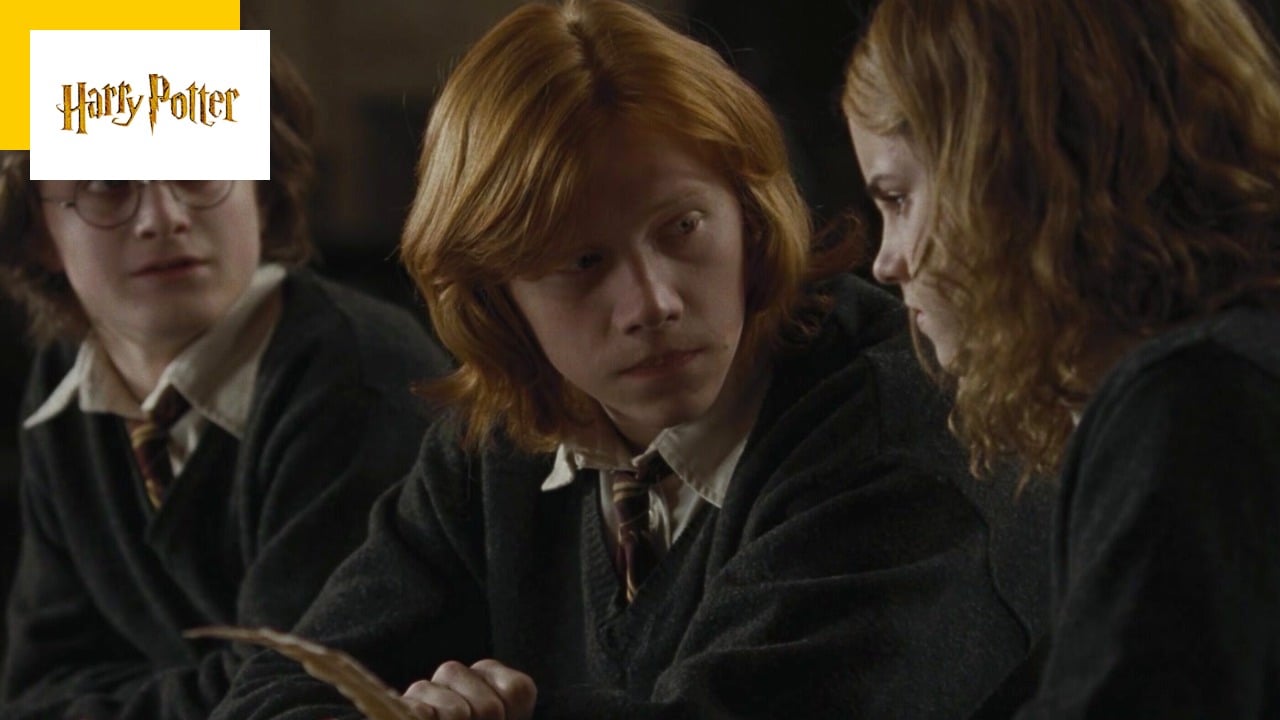In “Harry Potter and the Goblet of Fire”, the fourth opus of the magical saga signed by JK Rowling, Hermione decided to found an association to defend the rights of house elves. A plot that has never been addressed in the cinema.
If you’ve ever read JK Rowling’s works or discovered their film adaptations in the early 2000s, you know that in the magical universe of Harry Potter, house elves are probably the most exploited and mistreated creatures of all.
From the second opus of the saga, Harry Potter and the Chamber of Secrets, we learn to know the man named Dobby, a faithful friend of the young wizard who is also the slave of the Malfoy family.
Like almost all house elves – including those who work on the grounds of Hogwarts and prepare meals for the students in the shadows – he is obliged to serve his masters until his death or his hypothetical release ( finally provoked by Harry at the end of the film).
But Dobby is far from the only one to suffer this sad fate, and hundreds of other elves experience the same state of servitude. A situation to which some, like Winky, are paradoxically very attached. If it is simply sketched in the feature films, the terrible condition of the house elves is much more in-depth in the original works.
This is how in Harry Potter and the Goblet of Fire, fourth opus of the saga, Hermione creates an association aimed at defending the rights of elves: an organization that she decides to name the SALE, for Society for Aid to Elves. Liberation of Elves (in the original version, it is SPEW, for Society for the Promotion of Elfish Welfare).
Described at length in JK Rowling’s books, Hermione’s fight to grant fundamental rights (a salary, fixed hours, vacations) to house elves is unfortunately not joined by many people within Hogwarts.
If Harry and Ron join the movement to please him, the same cannot be said of the other students. Not to mention that for some, the elves themselves are radically against the idea of being freed from their status.
(Did you pay attention to Harry Potter’s scar in the last shot of the saga?)
Warner Bros.
This determination of the young witch to want to change the situation of creatures against their will even questioned some fansand the way he was portrayed didn’t really help to highlight the character.
This is undoubtedly one of the reasons which explain the absence of this plot in the adaptation of the saga to the cinema. But it should above all be clarified that this whole story – although depicting an interesting social fact in the world of wizards – would undoubtedly have monopolized a lot of time on the screen, and was far from being essential to the development of the main story.
Indeed, Harry Potter and the Goblet of Fire being one of the longest works in the saga and marking a real turning point in the adventures of the young wizard, it undoubtedly seemed very complicated to add this rather incidental episode to a film which should already evoke the Triwizard Tournament, the Quidditch World Cup and the return of Voldemort.
(Re)discover the hidden details of the film…
